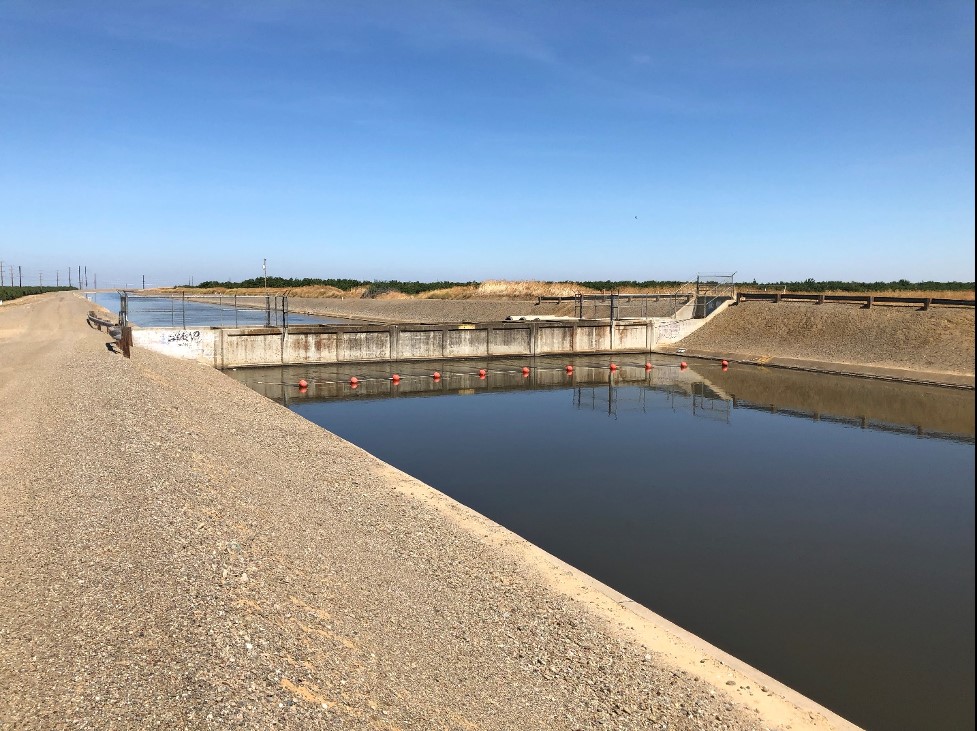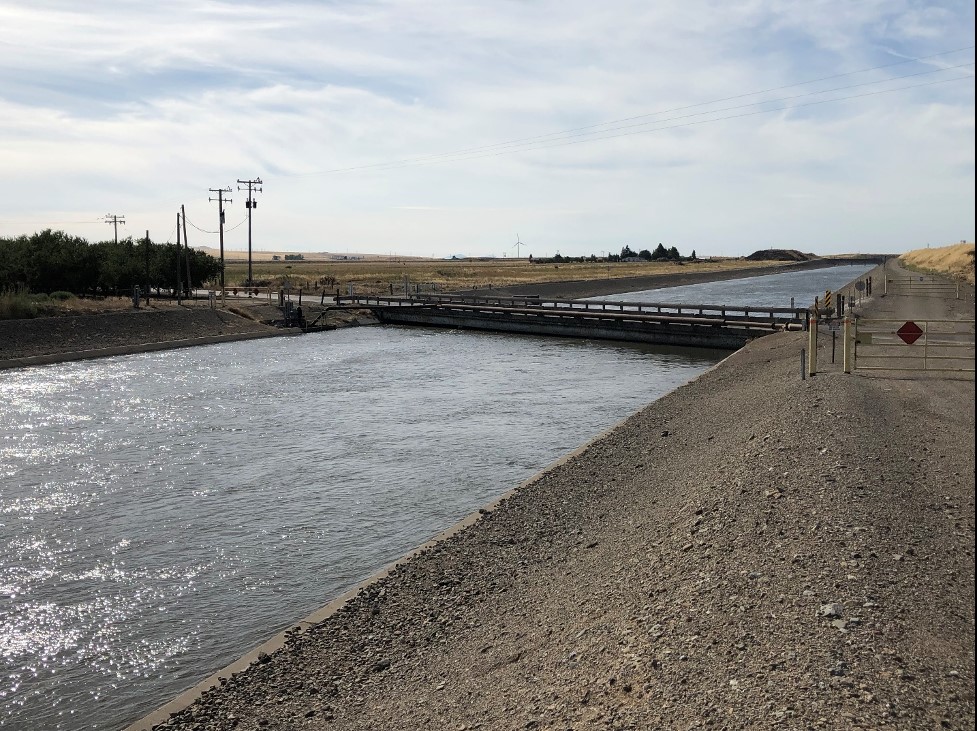Effective April 16, 2024
| JOB TITLE | CODE | MONTHLY PAY RANGE | UNIT | FLSA |
|---|---|---|---|---|
| Accountant | 23 | $6,806-$8,272 | OCE | N |
| Accounting Technician | 16 | $4,836-$5,879 | OCE | N |
| Assistant Chief Operating Officer | Band B | $10,417-$25,000 | At Will | E |
| Assistant General Manager | Band B | $10,417 – $25,000 | Al Will | E |
| Assistant General Manager/General Counsel | Band A | $12,500-$41,500 | At Will | E |
| Associate Engineer | 28 | $8,686-$10,558 | OCE | E |
| Associate General Manager – Water Policy | Band D | $5,547-$14,584 | At Will | E |
| Associate Resources Analyst | 21 | $6,173-$7,503 | OCE | N |
| Associate Science Advisor | Band D | $5,547-$14,584 | At Will | E |
| Automotive Mechanic | 15 | $4,696-$5,709 | MNS | N |
| Buyer | 17 | $5,078-$6,173 | OCE | N |
| Caretaker | 15 | $4,606-$5,599 | Non Rep | E |
| Chief Operating Officer | Band B | $10,417-$25,000 | At Will | E |
| Civil Maintenance Worker | 16 | $4,931-$5,994 | MNS | N |
| Customer Service Representative | 17 | $5,078-$6,173 | OCE | N |
| Deputy General Counsel | Band C | $7,917-$15,000 | At Will | E |
| Deputy General Manager – Energy & Power | Band B | $10,417 – $25,000 | At- Will | E |
| Deputy General Manager – External Affairs | Band C | $7,917-$15,000 | At Will | E |
| Deputy General Manager – Finance & Administration | Band B | $10,417-$25,000 | At Will | E |
| Deputy General Manager – Resources | Band B | $10,417-$25,000 | At Will | E |
| Director of Operations & Maintenance | Band C | $7,917-$15,000 | At Will | E |
| Director of Science | Band C | $7,917-$15,000 | At Will | E |
| Electrician | 23 | $6,938-$8,433 | MNS | N |
| Electrician-Apprentice | 20 | $5,994-$7,285 | MNS | N |
| Electrician-Assistant | 14 | $4,472-$5,436 | MNS | N |
| Electro-Mechanical Technician | 17 | $5,177-$6,293 | MNS | N |
| Equipment Mechanic | 18 | $5,436-$6,608 | MNS | N |
| Equipment Operator | 18 | $5,436-$6,608 | MNS | N |
| Equipment Operator – Apprentice | 16 | $4,931-$5,994 | MNS | N |
| Executive Assistant | Band D | $5,547-$14,584 | At Will | E |
| Field Engineer | 25 | $7,503-$9,120 | OCE | E |
| Financial Analyst | 24 | $7,146-$8,686 | Non Rep | E |
| General Counsel | Band A | $12,500-$41,500 | At Will | E |
| General Manager | Band A | $12,500-$41,500 | At Will | E |
| Human Resources Analyst | 22 | $6,482-$7,878 | Non Rep | E |
| Human Resources Assistant | 14 | $4,387-$5,332 | Non Rep | N |
| Human Resources Technician | 15 | $4,606-$5,599 | Non Rep | N |
| Information Technology Analyst | 25 | $7,503-$9,120 | Non Rep | E |
| Information Technology Officer | Band D | $5,547-$14,584 | At Will | E |
| Junior Accountant | 19 | $5,599-$6,806 | OCE | N |
| Law Clerk | 22 | $6,482-$7,878 | Non Rep | E |
| Lead Customer Service Representative | 18 | $5,332-$6,482 | OCE | N |
| Lead Electro-Mechanical Technician | 25 | $7,649-$9,298 | MNS | N |
| Machinist | 18 | $5,436-$6,608 | MNS | N |
| Maintenance Scheduler | 19 | $5,599-$6,806 | OCE | N |
| Maintenance Support Worker | 15 | $4,606-$5,599 | OCE | N |
| Mechanical Maintenance Worker | 16 | $4,931-$5,994 | MNS | N |
| Office Assistant | 12 | $3,979-$4,836 | OCE | N |
| Operations & Maintenance Trainee | 14 | $4,472-$5,436 | MNS | N |
| Operator | 15 | $4,692-$5,709 | MNS | N |
| Pipe Fitter | 18 | $5,436-$6,608 | MNS | N |
| Preventive Maintenance Worker | 15 | $4,696-$5,709 | MNS | N |
| Public Affairs Representative | 19 | $5,599-$6,806 | Non Rep | E |
| Resources Analyst | 24 | $7,146-$8,686 | OCE | E |
| Resources Engineer | 25 | $7,503-$9,120 | OCE | E |
| Safety Officer | 25 | $7,503-$9,120 | Non Rep | E |
| Science Advisor | Band D | $5,547-$14,584 | At Will | E |
| Senior Accountant | 24 | $7,146-$8,686 | OCE | N |
| Senior Automotive & Warehouse Coordinator | 20 | $5,879-$7,146 | OCE | N |
| Senior Civil Maintenance Worker | 20 | $5,994-$7,285 | MNS | N |
| Senior Customer Service Representative | 20 | $5,879-$7,146 | OCE | N |
| Senior Electrician | 25 | $7,649-$9,298 | MNS | N |
| Senior Engineer | Band D | $5,547-$14,584 | At Will | E |
| Senior Information Technology Analyst | 27 | $8,272-$10,055 | Non Rep | E |
| Senior Mechanical Maintenance Worker | 19 | $5,709-$6,938 | MNS | N |
| Senior Operator | 19 | $5,709-$6,938 | MNS | N |
| Senior Preventive Maintenance Worker | 19 | $5,709-$6,938 | MNS | N |
| Senior Water Measurement Specialist | 20 | $5,994-$7,285 | MNS | N |
| Special Advisor to the General Manager | Band D | $5,547-$14,584 | At Will | E |
| Supervisor of Civil & Preventive Maintenance | Band D | $5,547-$14,584 | At Will | E |
| Supervisor of Customer Accounting | Band D | $5,547-$14,584 | At Will | E |
| Supervisor of Electrical Maintenance | Band D | $5,547-$14,584 | At Will | E |
| Supervisor of Field Engineering & Planning | Band D | $5,547-$14,584 | At Will | E |
| Supervisor of General Accounting | Band D | $5,547-$14,584 | At Will | E |
| Supervisor of Human Resources & Administration | Band D | $5,547-$14,584 | At Will | E |
| Supervisor of Mechanical Maintenance | Band D | $5,547-$14,584 | At Will | E |
| Supervisor of Operations | Band D | $5,547-$14,584 | At Will | E |
| Supervisor of Procurement & Fleet Service | Band D | $5,547-$14,584 | At Will | E |
| Supervisor of Resources | Band D | $5,547-$14,584 | At Will | E |
| Water Measurement Specialist | 18 | $5,436-$6,608 | MNS | N |
| Water Measurement Technician | 17 | $5,177-$6,293 | MNS | N |
| Water Measurement Trainee | 16 | $4,931-$5,994 | MNS | N |
| Water Resources Engineer | Band D | $5,547-$14,584 | At Will | E |
| Water Resources Procurement Manager | Band D | $5,547-$14,584 | At Will | E |




